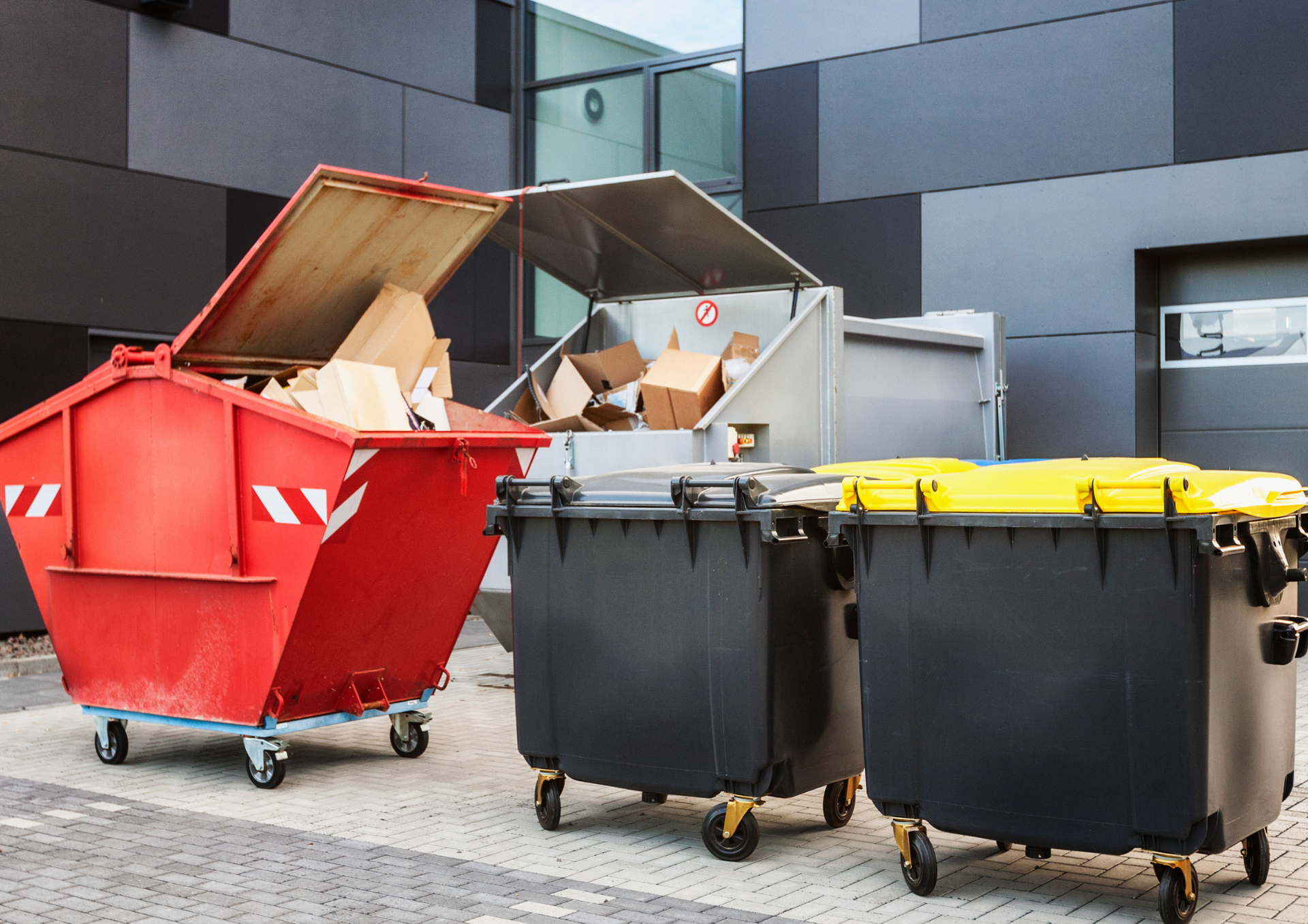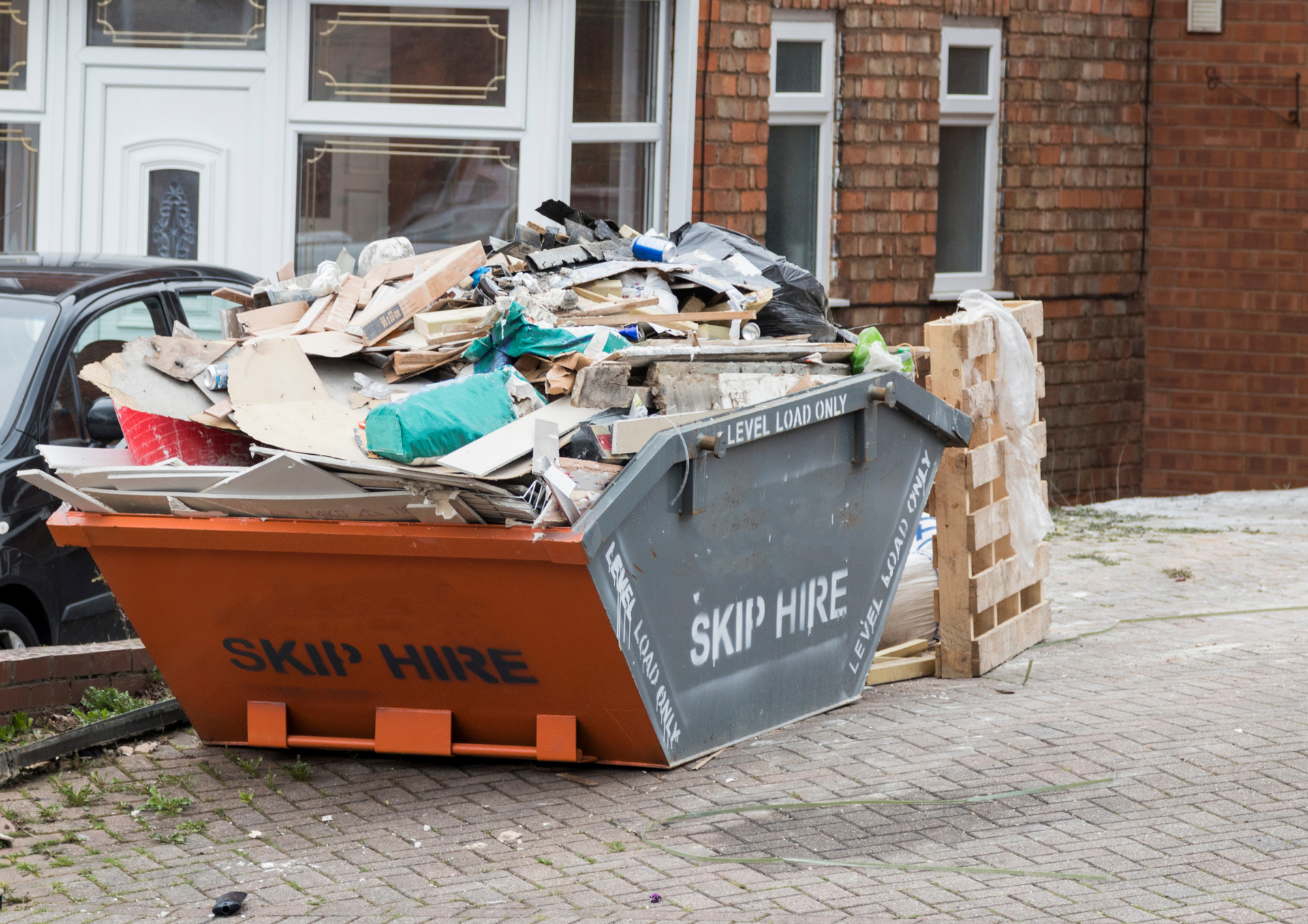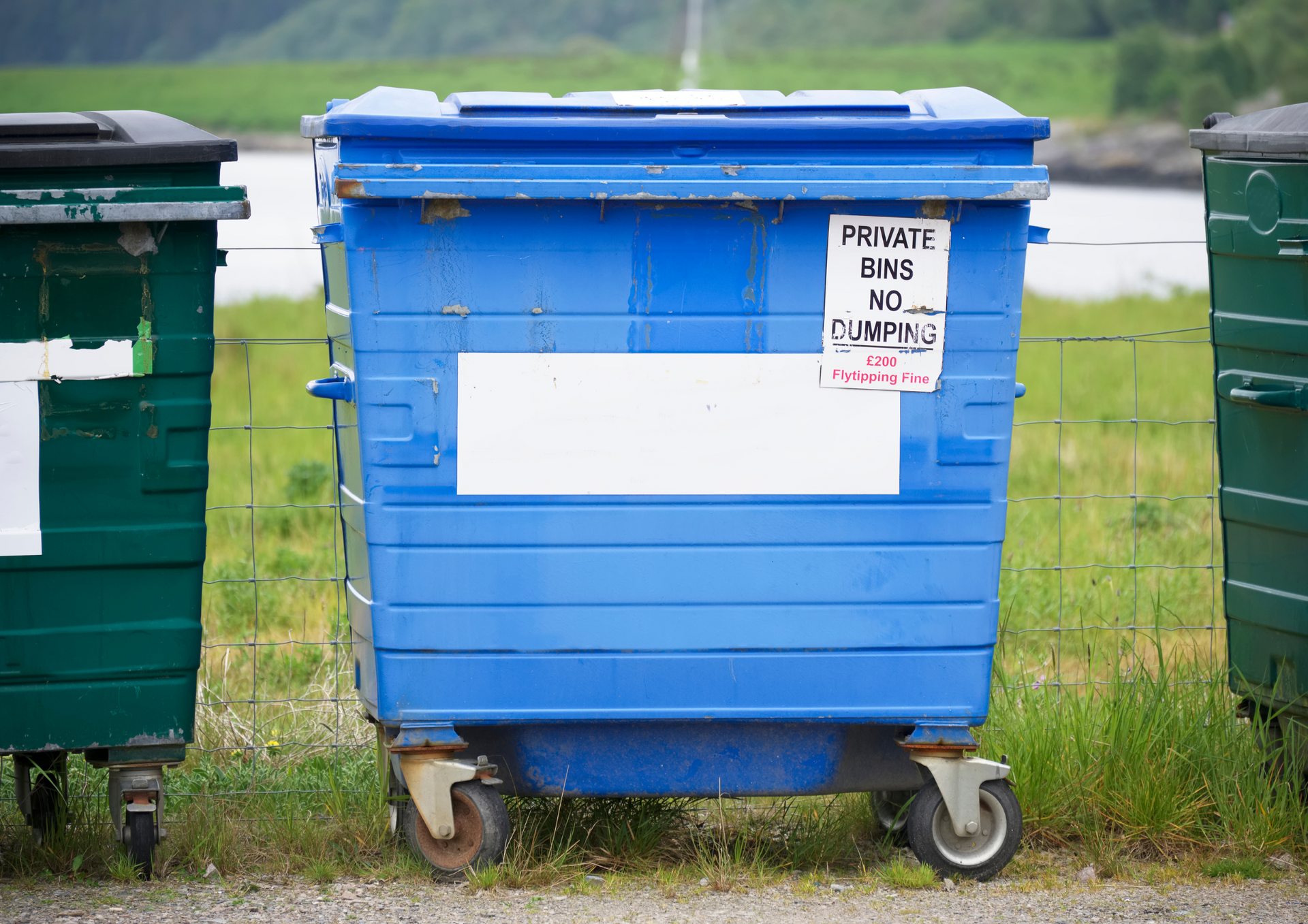Beginner’s Guide to Skip Sizes: Choosing the Right One for You
When it comes to waste management, choosing the right skip size is essential for both cost-efficiency and practicality. Whether you are a homeowner clearing out a garage, a construction company managing site debris, or a business planning an office relocation, having the correct container makes the process smoother.
This beginner’s guide will help you understand various skip sizes, ensuring you make an informed decision for your project.
Why Choosing the Right Skip Size Matters
Selecting the wrong skip sizes can lead to unnecessary expenses or delays in waste removal. A container that is too small will require additional collections, while one that is too large may result in wasted space and higher hire costs. The correct choice depends on the type of waste, the available space for placement, and the scale of your project. For example, a homeowner conducting a garden renovation will need a very different container compared to a construction firm demolishing a building.
Small to Medium Options for Household and Light Projects
For domestic use and smaller renovation jobs, compact skips are often the most practical. A 4 yard skip is ideal for bathroom or kitchen refits, garden waste, or minor clear-outs. It provides enough space to manage waste effectively without taking up too much room on driveways or restricted access areas.
Stepping up in capacity, a 6 yard skip offers a versatile choice for slightly larger projects, such as loft clearances or removing bulky household items. It is often referred to as a "builder’s skip" due to its popularity with construction professionals handling moderate amounts of rubble or soil.
Larger Skips for Extensive Projects
When tackling significant volumes of waste, larger containers become essential. The 8 yard skip is a common choice for construction companies and property developers. Its capacity makes it suitable for handling mixed materials, including soil, wood, and general building waste. Homeowners managing large-scale renovations also find this option highly efficient.
For even bigger requirements, a 12 yard skip is often the best solution. This size is commonly used for commercial purposes, including office clear-outs, retail refurbishments, or large event clean-ups. Due to its substantial volume, it is best suited for lighter but bulkier materials, such as packaging, plastics, and furniture, rather than heavy construction debris.
Practical Tips for Making the Right Choice
Before arranging a skip, assess the type of waste you need to dispose of and consider how much space you have for delivery and placement. Always allow for some extra capacity, as projects often generate more waste than expected. Remember that certain materials, such as hazardous substances or electrical equipment, may require specialist disposal methods. If in doubt, consult your local provider for guidance.
Understanding the different
skip sizes available ensures you can select the most appropriate option for your project, saving both time and money. From compact domestic skips to large commercial containers, there is a solution for every situation. By considering the type of waste, project scale, and available space, you can make a confident and informed decision.
At
Skip Hire Chester, we pride ourselves on offering reliable, affordable, and professional waste management solutions tailored to your needs. Our wide range of skips ensures we can provide the right size for any project, whether domestic or commercial. With prompt delivery, flexible hire periods, and exceptional customer support, we make the process simple and stress-free. Choose us for trusted skip hire services that put your project first.
New update on X: Beginner’s guide to
skip sizes – choosing the right one for you!




